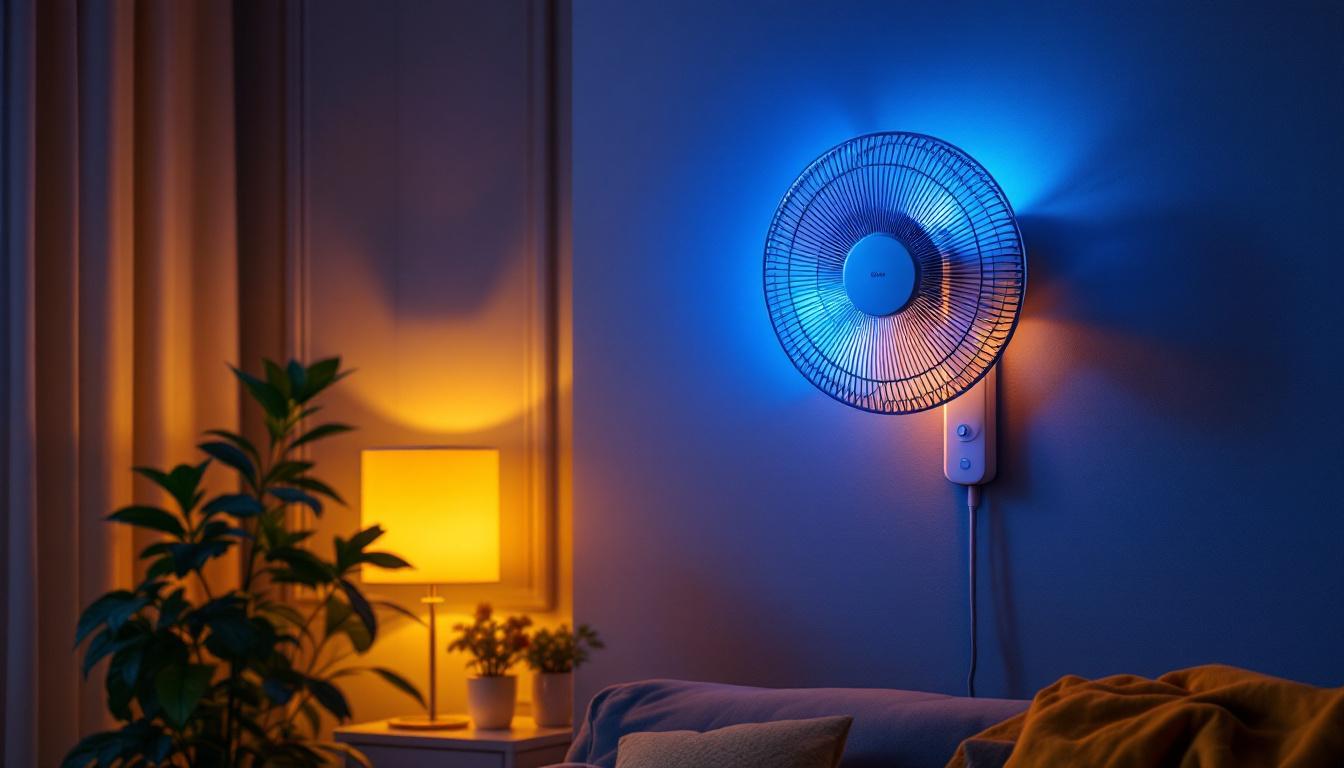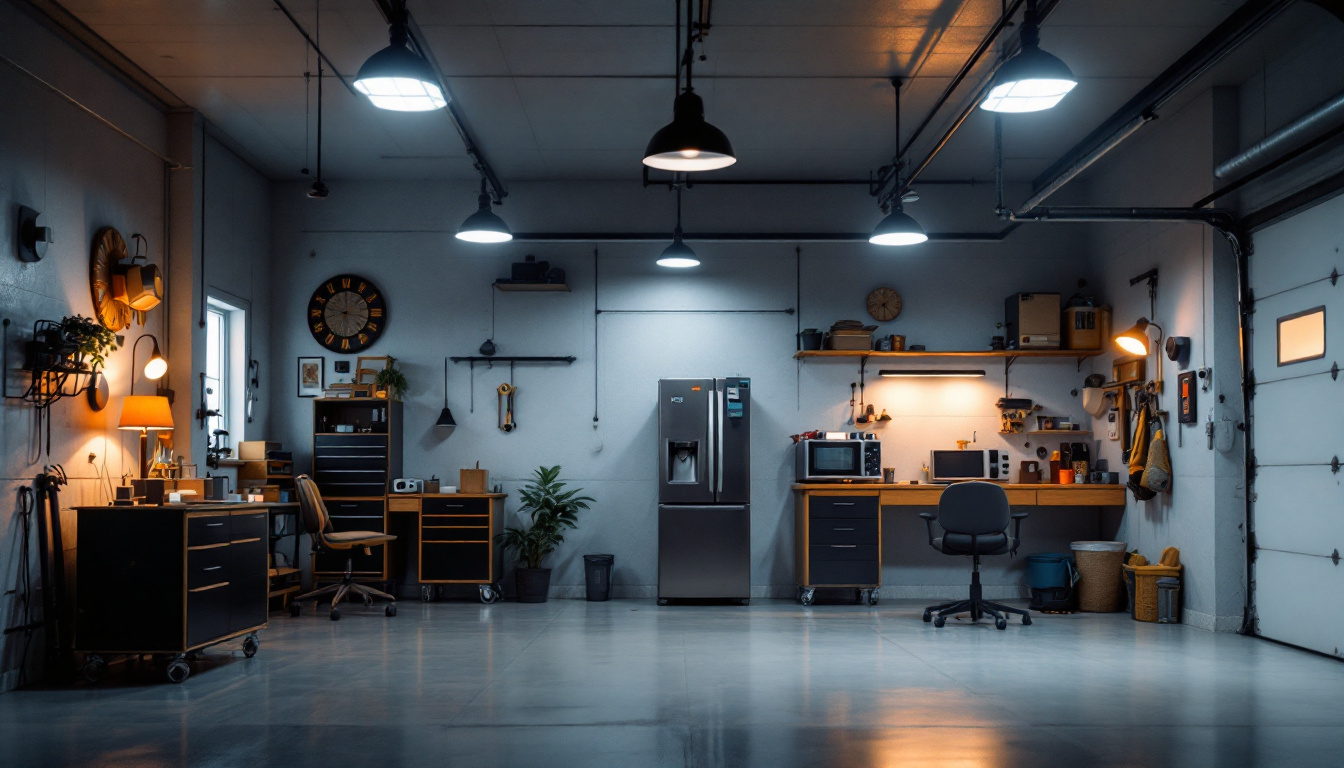
In the world of lighting design, pot light bulbs, also known as recessed lights, have become a staple for both residential and commercial spaces. Their ability to provide ambient lighting without taking up visual space makes them a popular choice among homeowners and contractors alike. However, to maximize their effectiveness and longevity, lighting contractors must adhere to best practices when selecting, installing, and maintaining these fixtures. This article delves into the essential guidelines that can help lighting contractors excel in their projects involving pot light bulbs.
Before diving into best practices, it’s crucial to understand what pot light bulbs are and how they function. These fixtures are installed into the ceiling, allowing the light to shine downwards while remaining hidden from view. This design not only saves space but also creates a clean and modern aesthetic. Pot lights can be strategically placed to highlight specific areas within a room, such as artwork or architectural features, enhancing the overall ambiance and functionality of the space.
Pot light bulbs come in various types, including incandescent, halogen, fluorescent, and LED options. Each type has its own advantages and disadvantages that can influence the choice depending on the specific needs of a project. For instance, while incandescent bulbs provide warm light, they are less energy-efficient compared to LEDs, which offer a longer lifespan and lower energy consumption. Halogen bulbs, a type of incandescent, provide a brighter light but generate more heat, which can be a consideration in smaller spaces.
LED pot lights have surged in popularity due to their efficiency and versatility. They are available in various color temperatures, allowing contractors to create different atmospheres in a space. Understanding these options is essential for contractors to make informed decisions that align with their clients’ preferences and project requirements. Furthermore, the dimmability of many LED options allows for greater control over lighting levels, enabling the creation of dynamic environments that can shift from bright and functional to soft and intimate with ease.
In today’s environmentally conscious market, energy efficiency is a significant consideration. Pot light bulbs, particularly LEDs, are increasingly favored for their lower energy usage and reduced carbon footprint. Contractors should educate their clients on the benefits of choosing energy-efficient lighting solutions, which can lead to substantial savings on electricity bills over time. By opting for LED pot lights, homeowners can enjoy the same level of brightness while consuming a fraction of the energy, making it a smart choice for both the wallet and the planet.
Moreover, many regions offer incentives for using energy-efficient lighting, making it a financially savvy choice for homeowners. By promoting sustainable practices, contractors not only enhance their reputation but also contribute positively to the environment. Additionally, the longevity of LED bulbs means less frequent replacements, which reduces waste and the environmental impact associated with manufacturing and disposing of traditional bulbs. As the demand for sustainable building practices continues to rise, incorporating energy-efficient pot lights into projects can be a compelling selling point for contractors looking to attract eco-conscious clients.
Selecting the right pot light bulbs is a critical step that can significantly impact the overall success of a lighting project. Several factors should be considered to ensure optimal performance and satisfaction.
The first step in selecting pot light bulbs is to assess the specific requirements of the space. Factors such as ceiling height, room size, and the intended use of the area play a vital role in determining the appropriate bulb type and wattage. For example, a kitchen may require brighter lighting compared to a living room, where softer illumination might be more desirable.
Additionally, the layout of the room should be taken into account. Strategic placement of pot lights can help eliminate shadows and create an even distribution of light, enhancing the overall ambiance. Contractors should consider using lighting design software to visualize different configurations and make informed decisions. This software can simulate various lighting scenarios, allowing for adjustments before installation, which can save time and resources. Moreover, understanding the natural light sources in the room, such as windows and skylights, can help in determining how much artificial light is necessary during different times of the day.
The color temperature of pot light bulbs can dramatically affect the mood and functionality of a space. Measured in Kelvin (K), color temperatures range from warm (around 2700K) to cool (above 5000K). Warm white light is often preferred for living areas, while cooler temperatures can be more suitable for workspaces.
Contractors should guide clients in selecting the appropriate color temperature based on the room’s purpose. It’s also beneficial to consider the existing color palette and furnishings, as the right lighting can enhance or detract from the overall design. For instance, warmer tones can make a space feel cozy and inviting, while cooler tones can create a more energetic and alert atmosphere, ideal for areas where focus and productivity are essential. Furthermore, the use of dimmable bulbs allows for added flexibility, enabling users to adjust the lighting according to their needs and preferences, which can be particularly advantageous in multi-functional spaces.
Proper installation is crucial for the performance and safety of pot light bulbs. Following industry best practices ensures that the fixtures operate efficiently and meet all safety codes.
Lighting contractors must always adhere to local electrical codes and regulations when installing pot lights. This includes ensuring that the wiring is correctly installed, the fixtures are securely mounted, and that the appropriate circuit breakers are used. Failure to comply with these codes can result in safety hazards and costly rework.
Moreover, contractors should stay updated on any changes to electrical codes to ensure compliance. Regular training and certification can help maintain knowledge of best practices and legal requirements.
When installing pot lights, it’s essential to consider insulation and airflow, especially in ceilings with insulation. Improper installation can lead to overheating and potential fire hazards. Using IC-rated fixtures is advisable, as they are designed to be in contact with insulation without posing a risk.
Additionally, ensuring proper airflow around the fixtures can help maintain optimal temperatures and prolong the lifespan of the bulbs. Contractors should pay attention to the placement of insulation and ensure that it does not obstruct ventilation pathways.
Encouraging clients to conduct routine inspections of their pot lights can help identify potential issues early. This includes checking for flickering lights, dimming, or any unusual sounds coming from the fixtures. Such signs may indicate underlying electrical problems that require immediate attention.
Contractors can provide clients with a checklist for inspections, which may include checking the bulbs for signs of wear, ensuring that the fixtures are clean and free from dust, and verifying that the wiring remains intact. Regular maintenance can prevent more significant issues down the line and ensure optimal performance.
Even the best pot light bulbs will eventually need replacement. Contractors should advise clients on the signs that indicate it’s time for a change, such as reduced brightness or color inconsistencies. Providing guidance on selecting suitable replacements can help clients maintain the desired ambiance in their spaces.
In some cases, entire fixtures may need replacement due to damage or outdated technology. Contractors should stay informed about the latest advancements in pot light technology and recommend upgrades that can enhance energy efficiency and performance.
For contractors looking to elevate their skills, incorporating advanced techniques into pot light installations can set them apart from the competition. These techniques not only improve aesthetics but also enhance functionality.
Layered lighting design involves combining different types of lighting to create a more dynamic and functional space. By integrating pot lights with other lighting sources, such as pendant lights or wall sconces, contractors can achieve a well-balanced and visually appealing environment.
This approach allows for flexibility in lighting control, enabling clients to adjust the ambiance according to their needs. For instance, using dimmable pot lights in conjunction with accent lighting can create a cozy atmosphere for entertaining while providing brighter light for tasks such as cooking or reading.
As technology continues to evolve, integrating smart lighting systems into pot light installations has become increasingly popular. Smart lighting allows for remote control of fixtures, enabling clients to adjust brightness, color temperature, and even set schedules for their lighting.
Contractors should familiarize themselves with various smart lighting products and systems to offer clients modern solutions that enhance convenience and energy efficiency. This integration can also position contractors as forward-thinking professionals who are attuned to the latest trends in lighting technology.
Pot light bulbs offer a versatile and aesthetically pleasing lighting solution for various spaces. By adhering to best practices in selection, installation, and maintenance, lighting contractors can ensure that their projects meet client expectations while maximizing efficiency and safety.
Understanding the nuances of pot light bulbs, from energy efficiency to advanced installation techniques, empowers contractors to deliver exceptional results. As the demand for innovative lighting solutions continues to grow, staying informed and adapting to new trends will be essential for success in the lighting industry.
Ultimately, the goal is to create spaces that not only illuminate but also inspire. By implementing these best practices, lighting contractors can enhance their skills and reputation, leading to satisfied clients and successful projects.
Ready to take your lighting projects to the next level? At LumenWholesale, we provide lighting contractors with the highest quality, spec-grade pot light bulbs and more, all at unbeatable wholesale prices. Say goodbye to local distributor markups and hello to superior lighting products that meet the highest industry standards. With our hassle-free bulk buying and free shipping, you can trust that you’re getting premium lighting at the best value — without any hidden fees. Elevate your lighting installations with the perfect blend of quality, affordability, and convenience. Explore our selection and start saving with LumenWholesale today.

Discover essential tips in our Standard Outlet Wiring guide for lighting contractors.

Discover the transformative power of commercial LED light fixtures in achieving energy-efficient lighting solutions.

Discover how a wall mounted fan light can enhance your lighting installation projects with improved airflow, energy efficiency, and space-saving design.

Discover essential insights for lighting contractors on optimizing garage lighting.